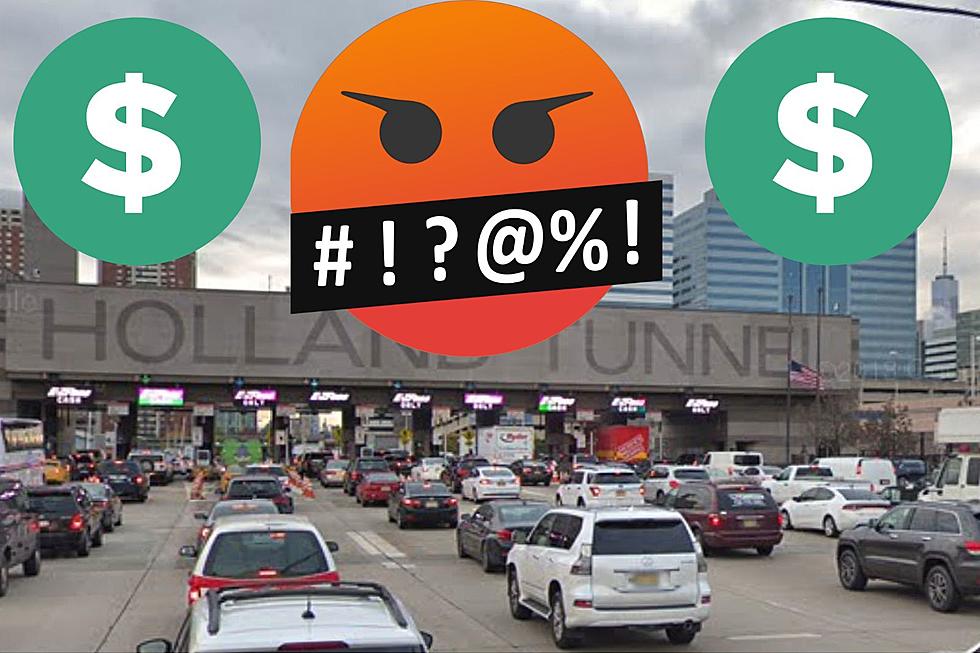
NFL, NJ Transit Review Super Bowl Rail Logjam
The head of New Jersey's transit agency on Monday defended the response to delays for thousands of fans leaving the Super Bowl by train, as officials sought to understand how ridership estimates could have been so far off base.
About 33,000 people took the 7-mile ride between MetLife Stadium and the Secaucus rail transfer station, more than double the highest estimates made by organizers and transportation experts before the game. The overcrowding on the platform grew so severe immediately following the game that the stadium scoreboard flashed a sign asking fans to remain inside.
"I think we did an excellent job moving a lot of people to a major event," New Jersey Transit executive director James Weinstein said Monday. "When 82,500 people leave a place at the same time there's going be congestion. There was, and we got through that congestion in what I believe was a realistic time. It would have been nice if we could have done it faster, but we did it as quickly and as efficiently as we could do it."
Those words may come as small comfort for those who stood waiting for trains until well after midnight. The game ended around 10 p.m.
New York native Garrett Vanderbrink, 45, an engineer with Verizon, decided to wait and watch the line rather than get in it. "You either wait here or wait like cattle," he said.
Vanderbrink told The Associated Press that being a New York Giants fan prepared him for delays, but he blamed Sunday night's wait on a decreased number of parking spots, as mandated by security requirements.
"Thank god this was a blowout," he said, referring to the fact that many Denver Broncos left early as their team fell far behind in the Seattle Seahawks' 43-8 win. "Can you imagine if it was a tight game down to the last minute?"
Earlier in the day, trains were delayed temporarily at Secaucus as thousands of fans went through airport-style security screening. Six people were treated by emergency medical services at the station, most for heat-related conditions, according to Secaucus Mayor Michael Gonnelli. Two people who fell at the station were taken to a hospital but their injuries weren't believed to be serious, he said.
NJ Transit spokeswoman Nancy Snyder said ridership estimates were based on calculations that considered how many parking spots had been paid for by cars, buses and limos and then estimating how many people would be riding in each. No one was allowed to walk to the site or be dropped off. Snyder said NJ Transit even assumed a lower number of people per car than the NFL -- 2.5 compared to 3 -- to leave more of a cushion.
The Super Bowl host committee also ran buses from nine locations -- six in New York City and three in New Jersey -- for $51 roundtrip. A roundtrip train ticket cost about $10. Final ridership totals for the bus service weren't available Monday, a spokeswoman for the host committee said.
"What happened is, perhaps fewer people took the bus than was anticipated, and more people took New Jersey Transit," NFL executive vice president Eric Grubman said Monday. "So quickly, you get an extra 10,000 people."
Weinstein said that all three rail tracks at the stadium were in use after the game, but that only one train can depart at a time because of the way the line is configured. He said about 30 buses, out of a total of 100 that were waiting in Secaucus to take passengers into New York, ended up taking about 2,000 fans back from the stadium.
Grubman said the delays provided a valuable lesson for future Super Bowls.
"We are getting pretty good at contingency planning," he said. "We need to put more elements into that contingency planning. A week or two ago, we were all talking about weather contingency planning. We had lots of plans for all the things we couldn't control related to weather. Next time, we will have lots of plans for all the things that we can't control, can't anticipate, related to transportation."
(Copyright 2014 by The Associated Press. All Rights Reserved.)
More From New Jersey 101.5 FM








![Quiet Cars Praised by NJT Riders [AUDIO]](http://townsquare.media/site/385/files/2014/03/NEW-JERSEY-TRANSIT-PIC-2.jpg?w=980&q=75)
